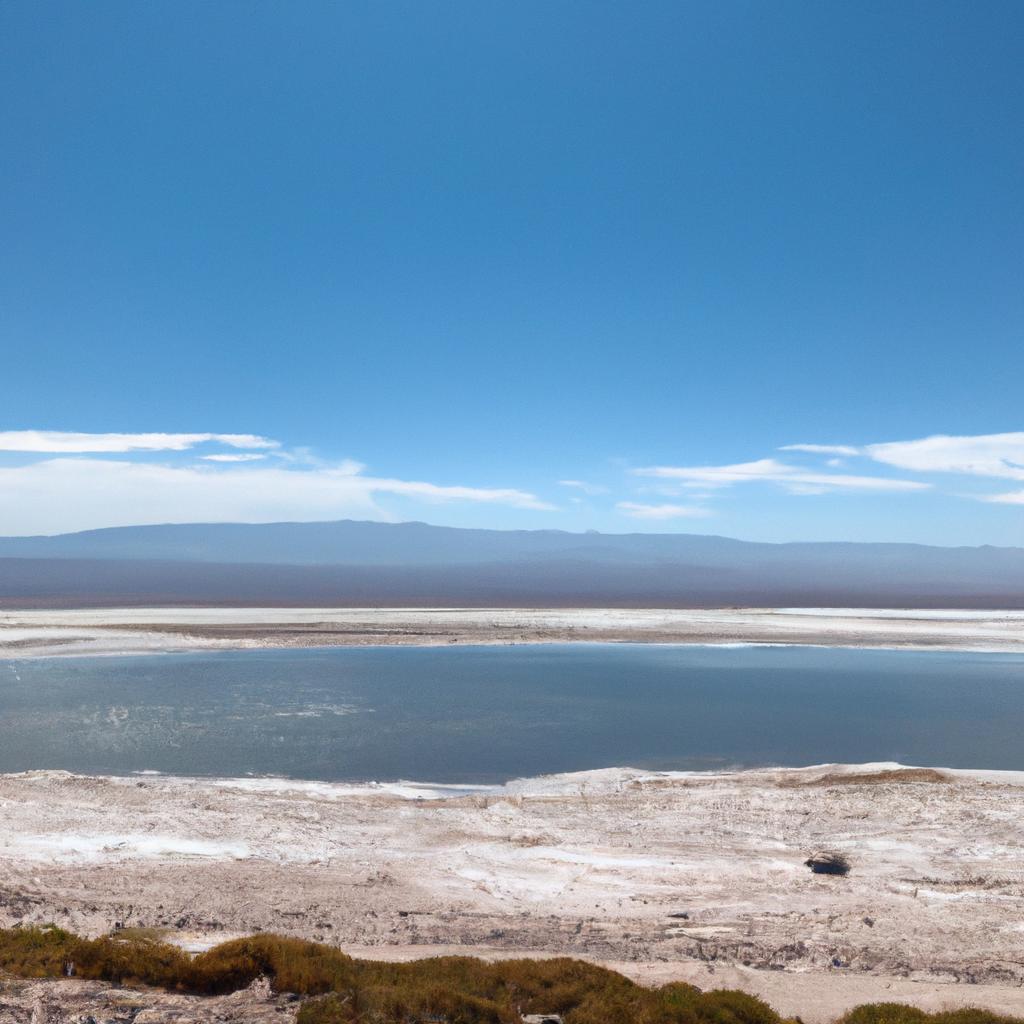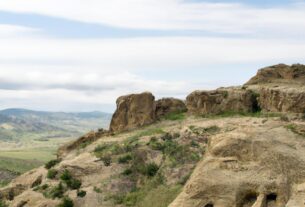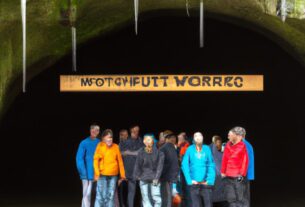The Salar de Atacama in Chile is not just any ordinary salt flat. It is the world’s largest, covering an impressive expanse of 3,000 square miles. Located in the Atacama Desert, this exceptional destination draws in tourists, scientists, and nature enthusiasts from all corners of the globe. In this article, we will embark on a journey to explore the geography, natural resources, cultural significance, and environmental concerns surrounding the Salar de Atacama.
A Captivating Location and Astonishing Geography
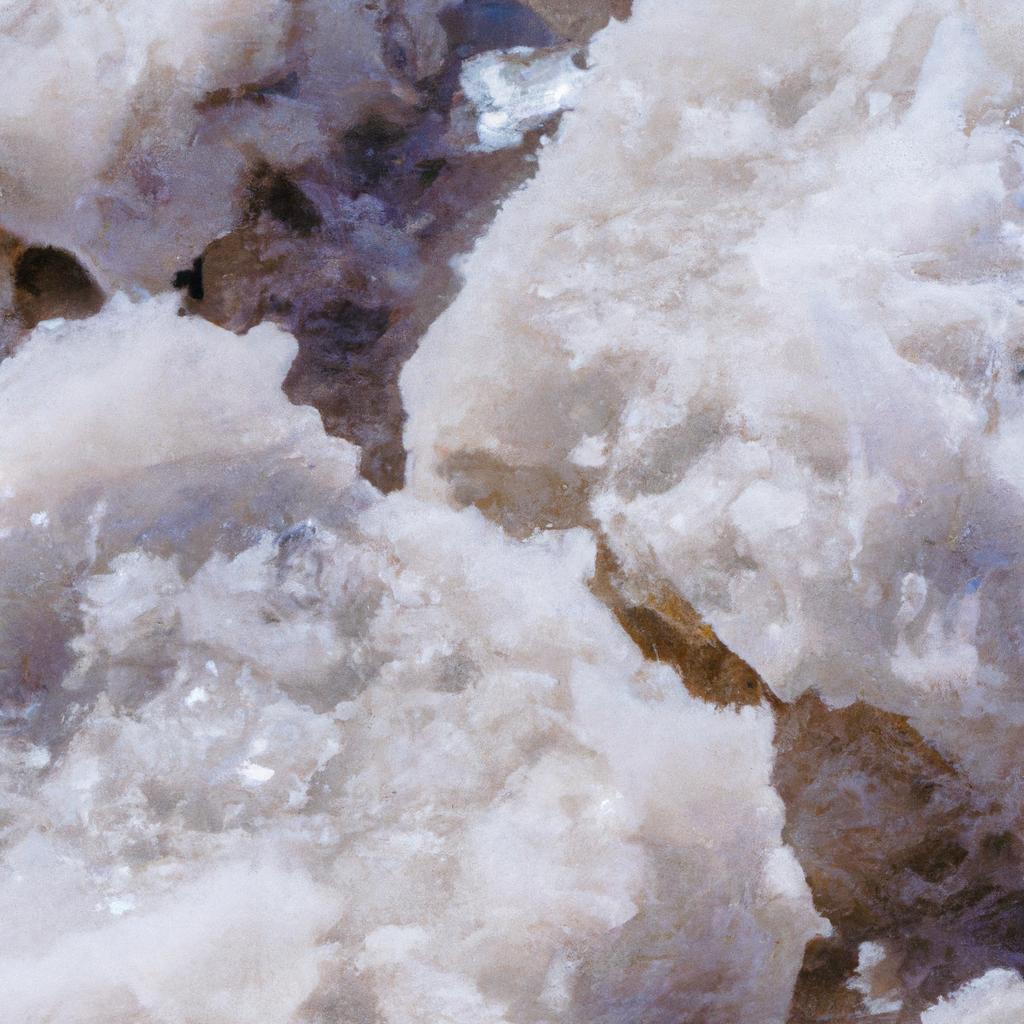
Situated in the Andes Mountains in northern Chile, the Salar de Atacama is nestled within the Atacama Desert, renowned as the driest place on earth. With an annual rainfall of less than 15 mm, this arid region boasts several saltwater lagoons and brine pools, which contribute to its unique ecosystem.
Within this vast salt flat, a diverse array of flora and fauna thrives. Flamingos, vicuñas, and other camelids roam freely amidst the salt flats and sand dunes that dominate the landscape. In the distance, the imposing Licancabur volcano stands tall, further enhancing the surreal scenery. This region is not only a visual treat but also houses significant natural resources, including the valuable mineral lithium, which we’ll delve into later.
The climate in the Salar de Atacama is arid and sunny, with temperatures ranging from 0°C to 25°C. Brace yourself for strong winds, low humidity, and the effects of altitude. Despite these challenging conditions, adventurous souls and those seeking unparalleled landscapes flock to the Salar de Atacama.
Abundant Natural Resources and Environmental Considerations
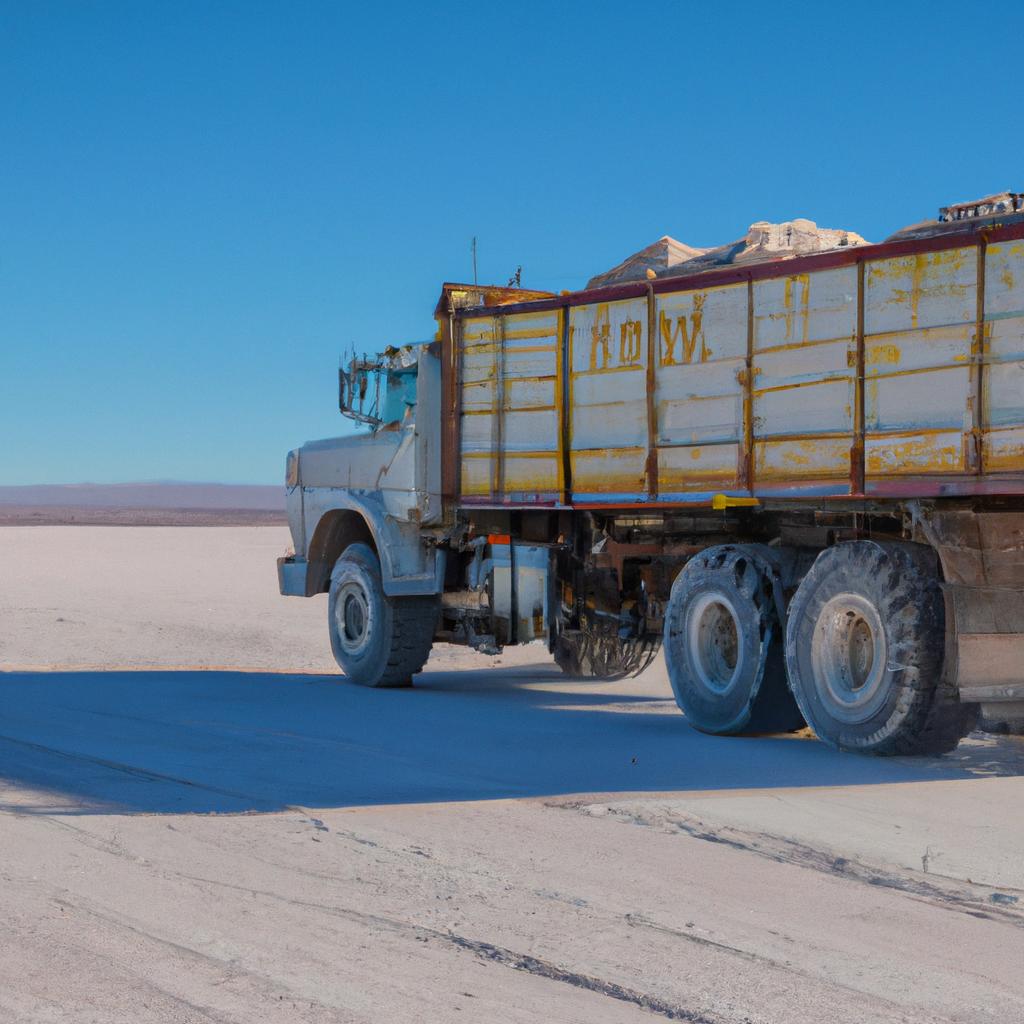
The Salar de Atacama is renowned for its rich natural resources. One of the most sought-after minerals found here is lithium, an essential component in the production of batteries for electric cars and electronics. The increasing demand for lithium has led to a surge in mining activities, raising concerns about the environmental impact on this fragile ecosystem.
Apart from lithium, the salt flats also harbor other valuable minerals like copper, boron, and potassium. Additionally, the Salar de Atacama serves as a significant source of sodium chloride, used in the production of table salt and various industries.
Despite the region’s abundance of natural resources, it is also home to several endangered species, such as the Andean flamingo and vicuña. Maintaining a balance between mining and conservation efforts is crucial to protect these species and the delicate ecosystem of the Salar de Atacama.
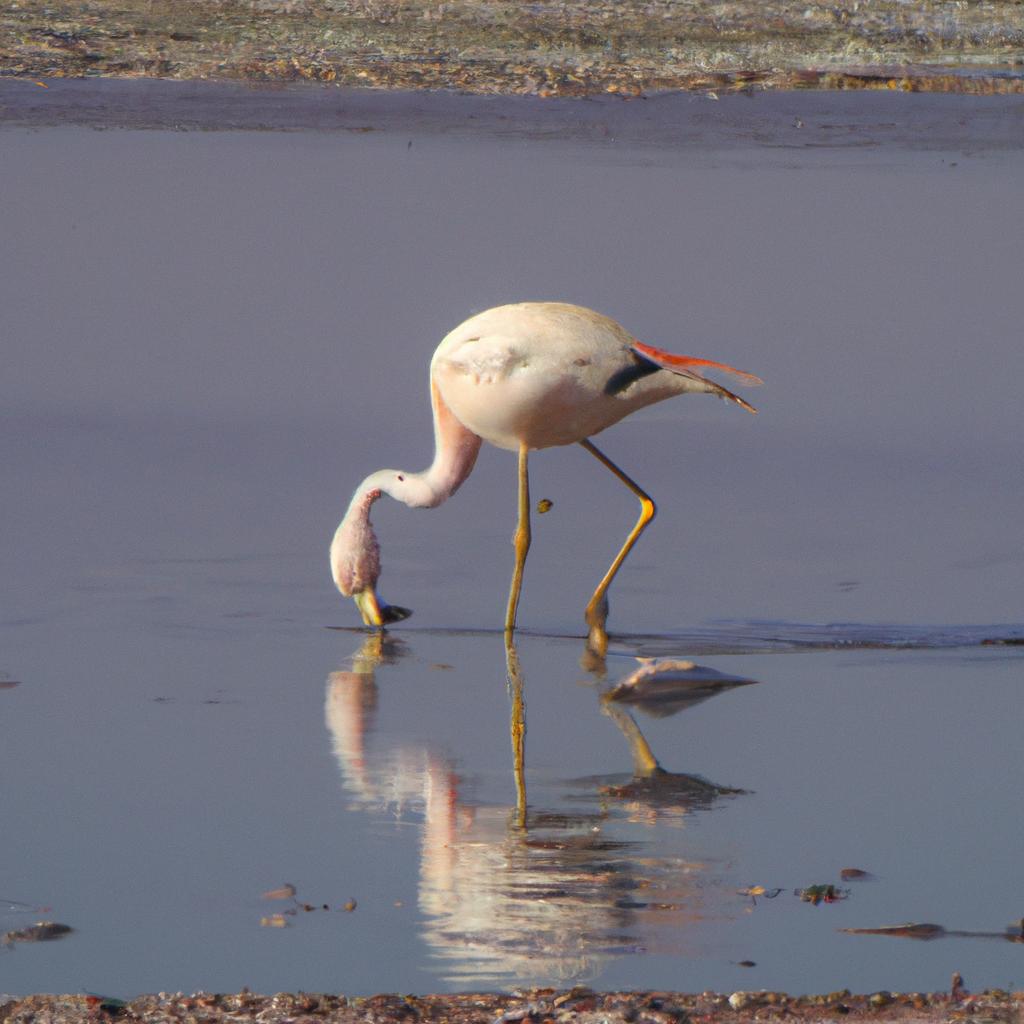
Lithium mining has experienced significant growth in recent years, attracting multinational companies to invest in the region. The extraction process involves pumping brine from the salt flats and then processing it to extract the valuable metal. While the economic benefits are substantial, concerns about the environmental impact have been raised.
Copper, along with other minerals like boron and potassium, can also be found in the Salar de Atacama. The salt flats themselves provide a remarkable source of sodium chloride for industrial applications. Striking a balance between economic development and environmental preservation is vital. Sustainable mining practices and conservation measures are being developed to safeguard the region’s unique biodiversity.
Environmental Concerns and Preservation Efforts
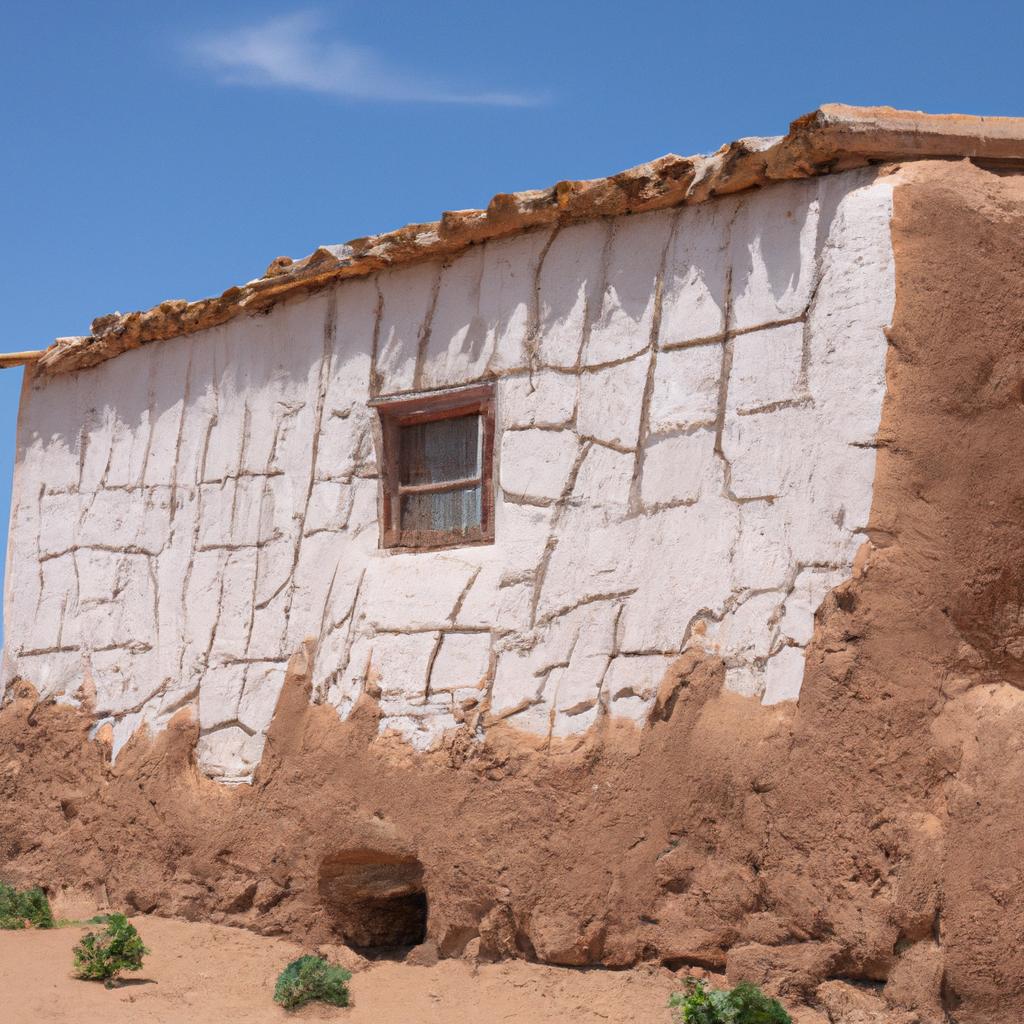
The environmental impact of lithium mining raises notable concerns for the Salar de Atacama. The extraction of brine can deplete already scarce freshwater resources in the region. Furthermore, the use of chemicals during the processing of brine can contaminate groundwater and harm the surrounding ecosystem.
Conservation efforts are underway to mitigate these environmental concerns and protect the region’s biodiversity. Protected areas have been established, and sustainable mining practices are being implemented. The local government has introduced regulations to limit water extraction from the salt flats, and mining companies must conduct environmental impact assessments before commencing operations.
Alongside these conservation initiatives, responsible tourism programs have been developed to promote sustainable travel in the region. Tourists are educated about the unique environment of the Salar de Atacama, encouraging them to explore while minimizing their impact on the delicate ecosystem. Striking a balance between economic development and environmental preservation ensures that future generations can enjoy the Salar de Atacama’s treasures.
Cultural Significance and Historical Heritage
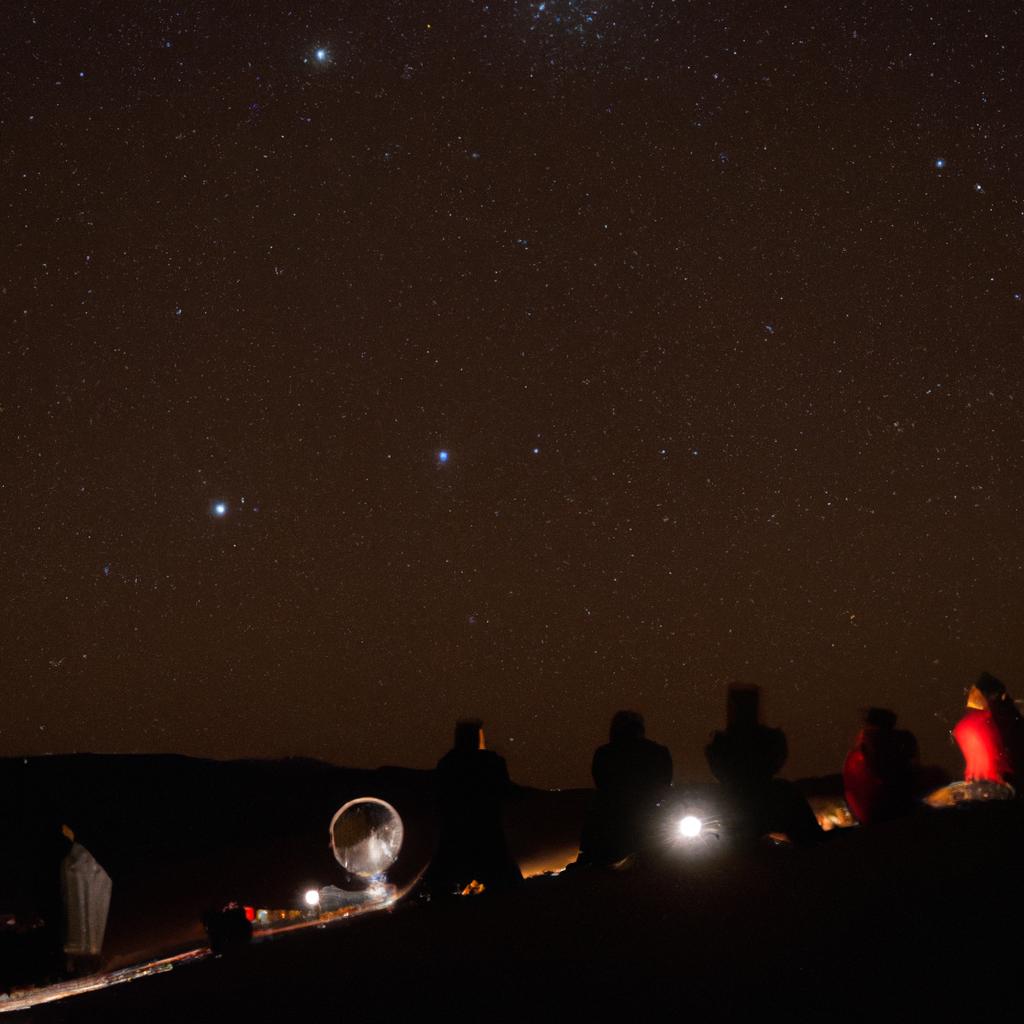
The Salar de Atacama holds immense cultural significance for the indigenous communities in the region, particularly the Atacameño people. These communities have inhabited the area for thousands of years, and their traditions and beliefs are intricately intertwined with the salt flats’ unique landscape.
Archaeological sites scattered throughout the region provide glimpses into the rich history and cultural heritage of the Salar de Atacama. Ancient ruins, petroglyphs, and artifacts offer valuable insights into the lives and beliefs of the people who have called this region home for centuries.
Traditional practices, such as utilizing salt for food preservation and respecting the healing properties of the saltwater lagoons, are deeply ingrained in the indigenous communities. They possess a profound appreciation for the natural environment, recognizing the importance of preserving the delicate ecosystem for future generations.
In Conclusion
The Salar de Atacama is a treasure trove of cultural, ecological, and economic value. Its natural resources, particularly lithium, have the potential to revolutionize the global economy and provide sustainable solutions to pressing environmental challenges.
However, striking a balance between mining activities, environmental preservation, and the rights of the indigenous communities is crucial. Conservation efforts, responsible tourism, and sustainable mining practices are essential for ensuring the long-term survival of the Salar de Atacama as a cultural and ecological gem.
As one of the world’s most remarkable and valuable natural resources, the Salar de Atacama bears global significance. Chile has the responsibility to protect and preserve this marvel for future generations. TooLacks is committed to raising awareness about the region’s cultural, ecological, and economic importance. Join us in appreciating and safeguarding the wonders of the Salar de Atacama. TooLacks
